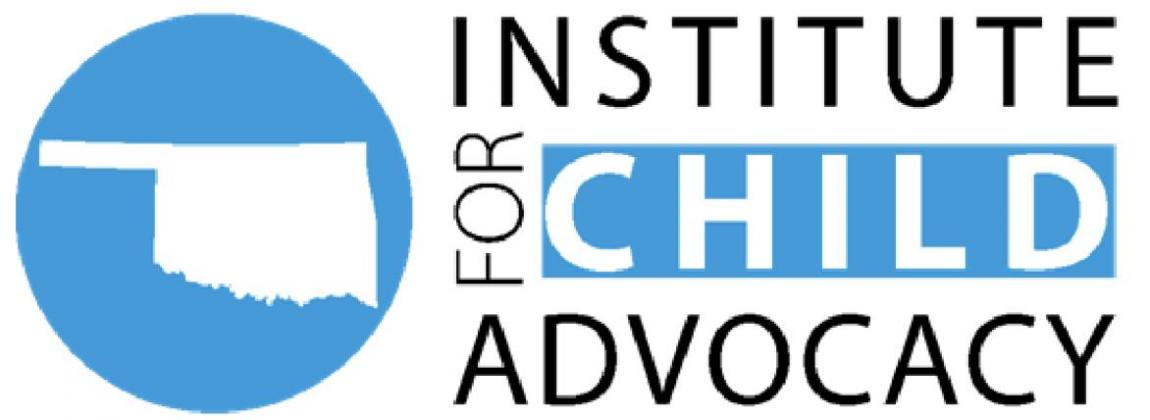Oklahoma made national news last week as state Department of Health gave schools an option to “in school quarantine” (ISQ) students that are “potentially exposed” to COVID-19; at least one school district announced plans to implement this.
Despite professional medical advice to the contrary, families may opt-in to the program should their student(s) be quarantined due to an in-school exposure. Parents of quarantined students will be informed of the requirements of the program and will have to sign an agreement for their student to participate. COVID-19 exposures that occur outside of the school environment will not be eligible for the program.
The students in ISQ will:
Attend school in a socially distanced environment and away from contact with non-quarantined students and staff.
Always remain in the quarantine space during the school day except for breaks for restroom and outside time.
Maintain social distancing of at least six feet within the quarantine space. Be always required to wear masks except when eating.
Be always required to wear masks except when eating.
Will be tested repeatedly (at least on days 2, 3, 4, 5, 7, 10, 12, and 14 of quarantine) using rapid diagnostic test, specifically a mid-nasal rapid test. Tests will be provided to the schools by the state Health Department.
Any student who tests positive for COVID-19 (either at school, or a different test performed by another qualified testing facility) will immediately enter isolation. These students will no longer be allowed in the in-school quarantine program, nor will they be allowed in extracurricular activities, to ride buses to or from school, attend after-school events, or be in any other situations where contact with non-quarantined persons is likely.
Meanwhile, just last weekend, it was reported that more than 1,200 pediatric cases of COVID-19 were found over a three-day period, marking a significant spike in this age group. While young people are generally not considered in a high-risk category, those with certain health conditions face greater danger.
In addition, Oklahoma’s positive test rates, hospitalizations, and death counts continue to surge dramatically. Health experts now predict the worst COVID-19 surge will strike over the next three weeks after Thanksgiving and as many people gather indoors.
The Oklahoma Institute for Child Advocacy asks that each of you stay safe and take all necessary precautions. We have been strongly supportive of a strict school mask policy to get young Oklahomans back in the classroom. We hold this position because we see no reasonable way that schools can continue in-person instruction unless students are masked statewide, even with the controversial ISQ program.
There really is no substitute for a statewide mask policy and proper social distancing. With sports continuing – and with indoor athletics like basketball beginning – one school without a masking policy cannot help but spread COVID other schools, even those with strict masking guidelines. It will take personal responsibility, along with appropriate safety measures, to ensure that people stay safe if they insist on gathering.
Please do your part by wearing a mask, maintaining safe distances, sanitize surfaces frequently and look out for each other. In addition, please remember that COVID-19 does not infect people at specific times. Just because a mandated closure of some establishments is at a 11 p.m., that does not mean that people should let their guard down when visiting businesses earlier in the day.
If you feel sick, please stay home and respect others by wearing a mask and taking precautions. That is the only way we have even a chance to keep those around us healthy.
About OICA: The Oklahoma Institute for Child Advocacy was established in 1983 by a group of citizens seeking to create a strong advocacy network that would provide a voice for the needs of children and youth in Oklahoma, particularly those in the state’s care and those growing up amid poverty, violence, abuse and neglect, disparities, or other situations that put their lives and future at risk. Our mission statement: “Creating awareness, taking action and changing policy to improve the health, safety, and well-being of Oklahoma’s children.”

